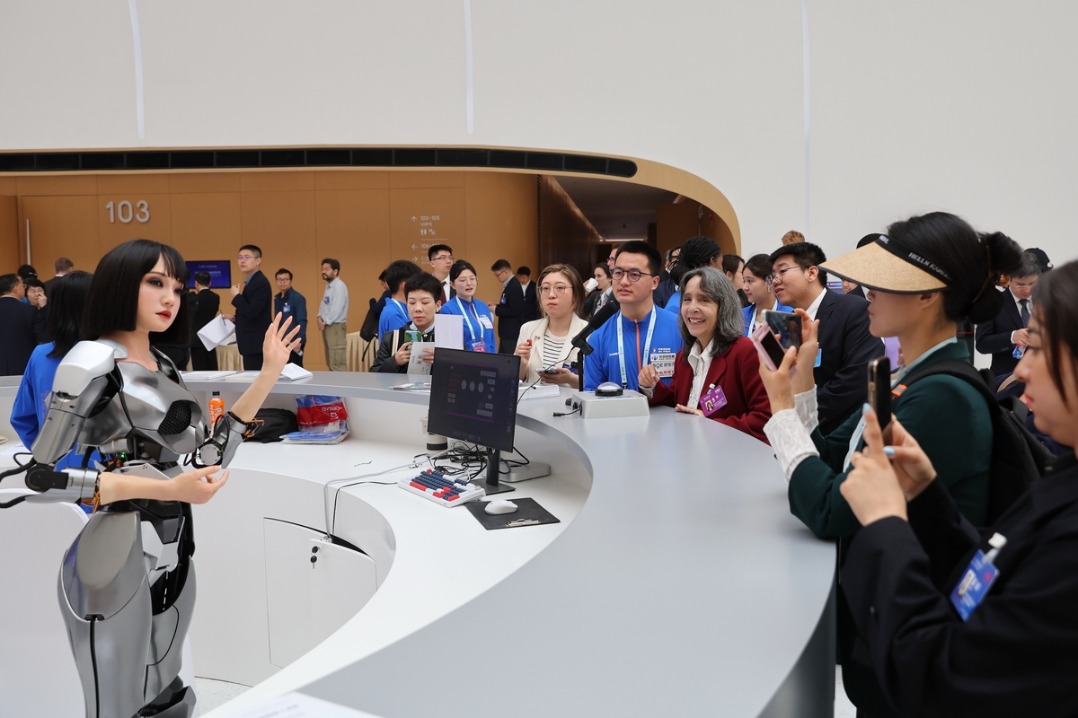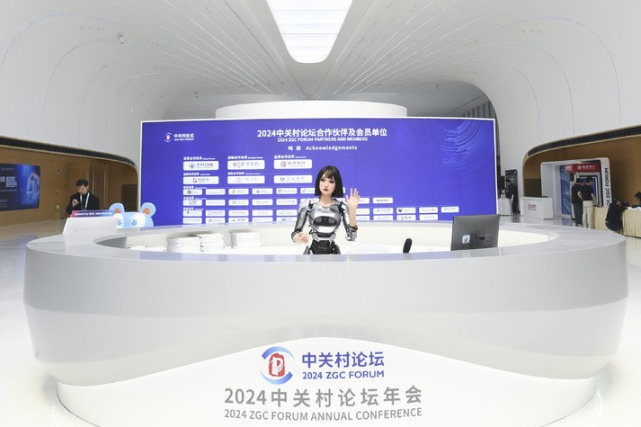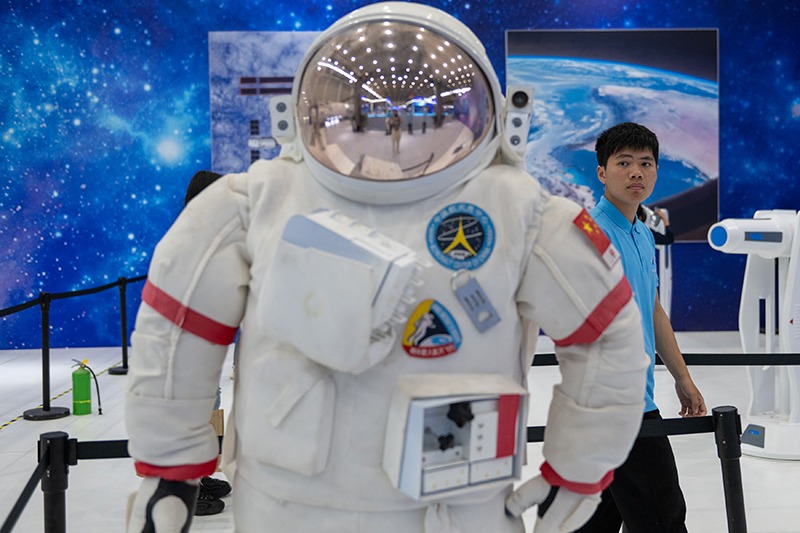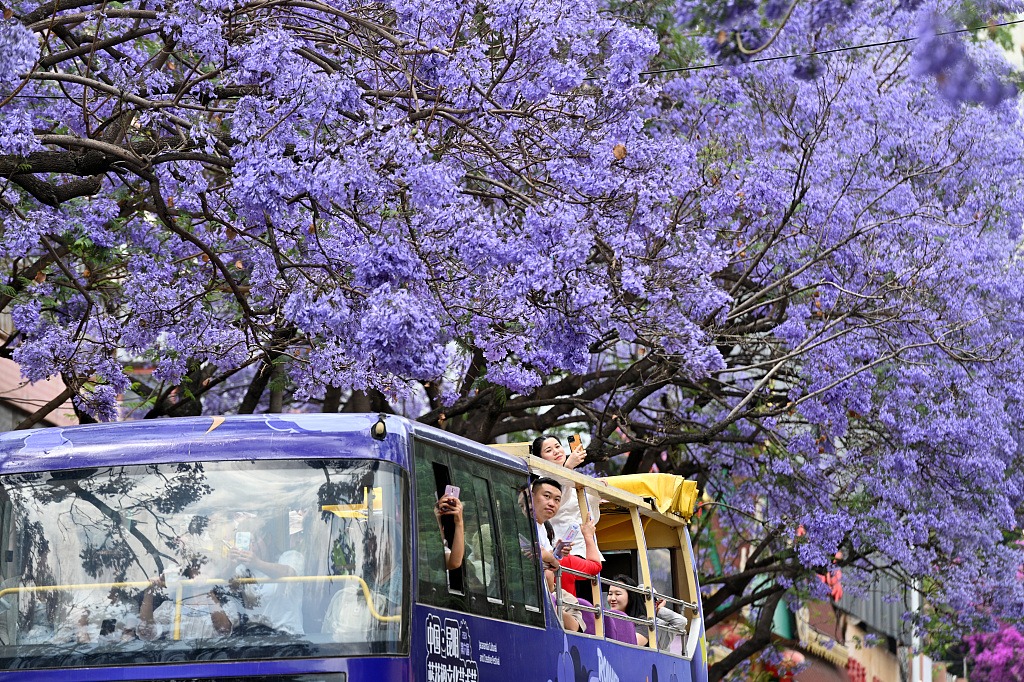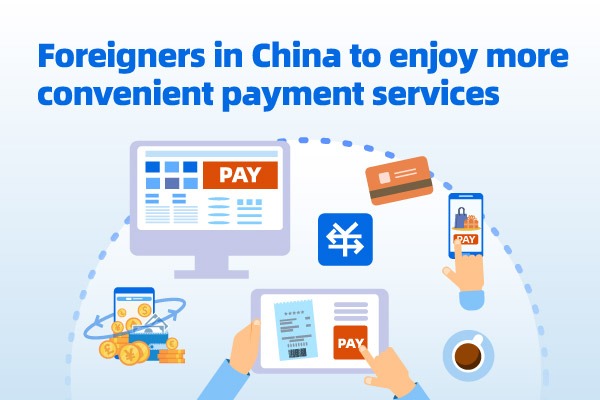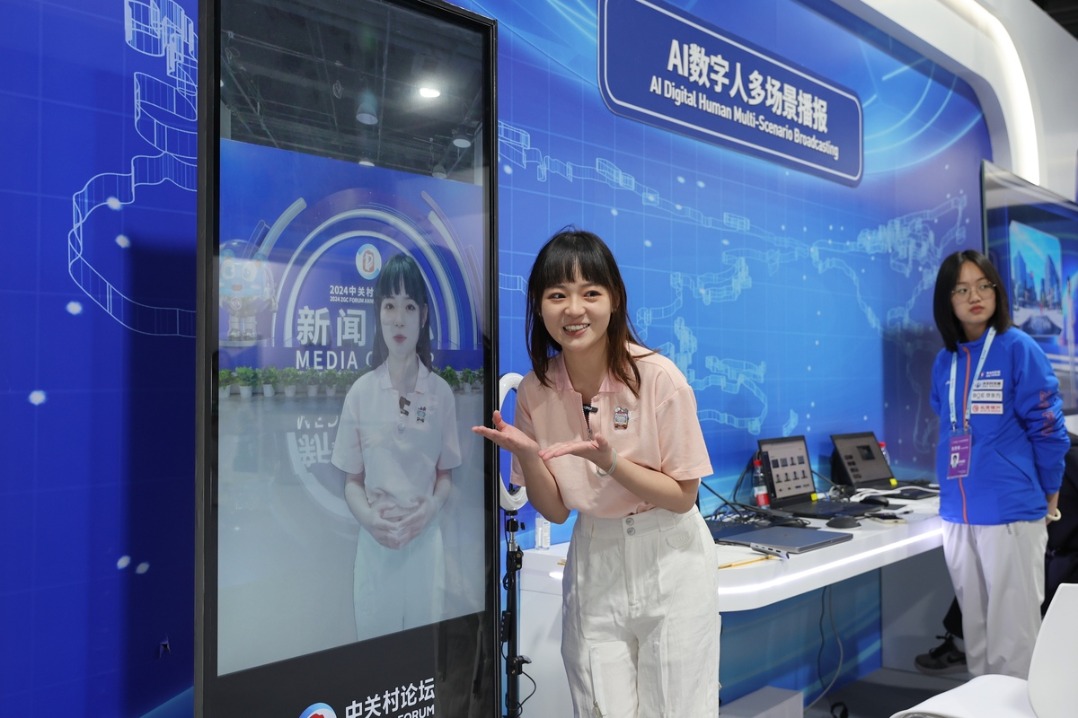Hongqiao International Open Hub sees rapid development

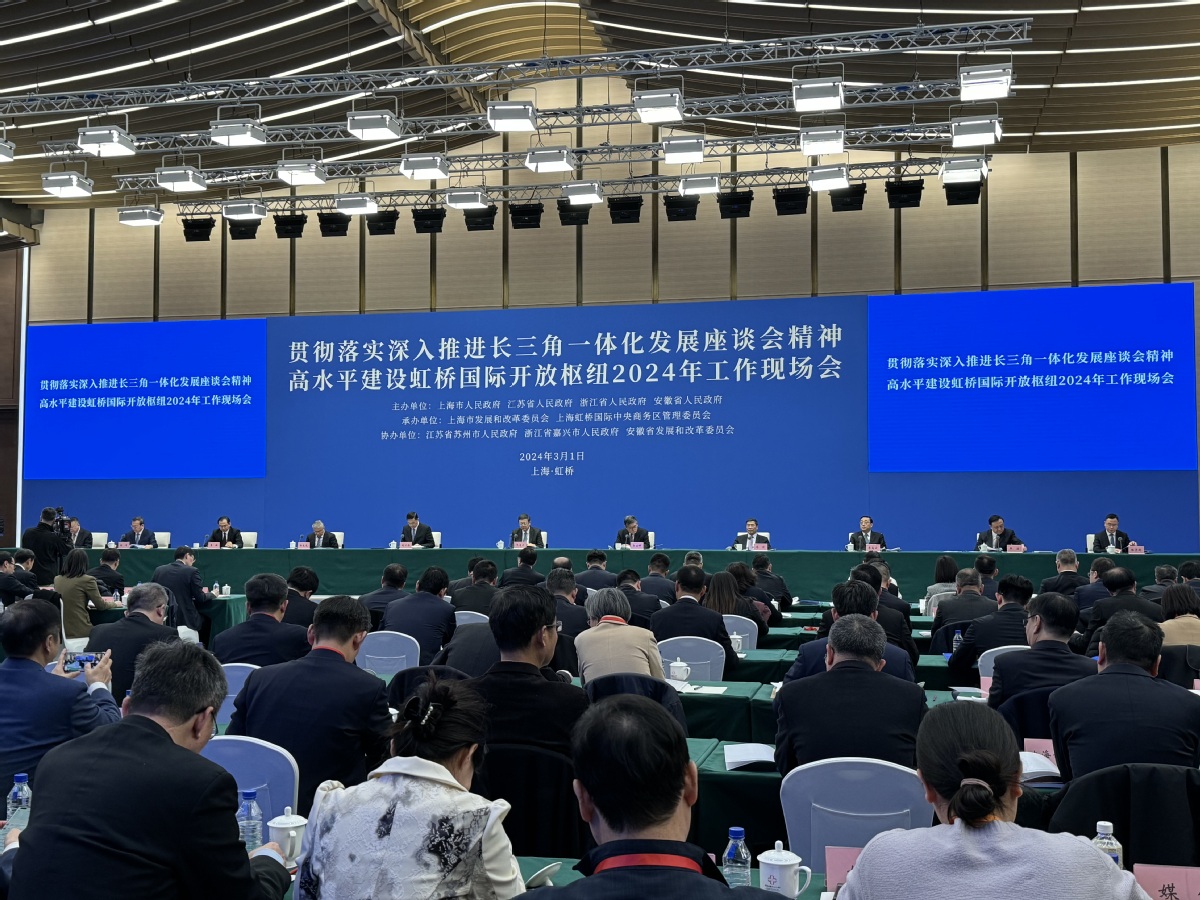
The Hongqiao International Open Hub, the area aiming to deepen reform and coordinate development in the Yangtze River Delta region initiated three years ago, has seen the rapid development of emerging industries based on the consolidated ties within the Yangtze River Delta region and the improving business environment, said officials during a press conference on Saturday.
A framework plan for the construction of Hongqiao International Open Hub was released by the National Development and Reform Commission in February 2021. Hongqiao International Business District, the core area of the Hub, has attracted a total of 127 multinational companies to set up their regional headquarters as well as research and development centers over the past three years, according to Hua Yuan, vice-mayor of Shanghai.
Emerging industries such as digital economy, biomedicine, software, intelligent manufacturing and new energy have managed to seek rapid development in the Hub. By the end of 2023, a total of 304 key projects have been introduced into the Hub, with their total investment spiking 54 percent year-on-year to 154 billion yuan ($21.4 billion), he said.
A total of 24 measures and regulations introduced in 2023, together with special development funds launched last year, have better facilitated the high-quality development of the Hub area, added Hua.
The framework plan released by the NDRC three years ago assigned 104 missions to the Hub, including developing exhibition industry, attracting more regional headquarters of multinational companies and facilitating the capital flow in the Yangtze River Delta region. Up to date, the majority 100 of them have been completed.
Covering 7,000 square kilometers by including parts of Shanghai, several districts and county-level cities of Suzhou in Jiangsu province and parts of Jiaxing city of Zhejiang province, the Hub saw its GDP reaching 2.8 trillion yuan in 2023, up from 2.3 trillion yuan in 2020. In other words, the area's GDP per square kilometer equaled 400 million yuan, which was 4.7 times the average level in the Yangtze River Delta region, according to the Shanghai municipal government.
In three years' time, the Hub attracted 2.1 trillion yuan of fixed asset investment, with the total retail sales approaching 3.3 trillion yuan.
An annual work conference was held on Friday to advance the Hub's high-level construction and deepen the integrated development of the Yangtze River Delta region.
Shanghai's Party Secretary Chen Jining, said at the conference that coordinated innovation should be deepened to help address the country's strategic demand and explore new models to seek technology breakthroughs. Industrial capacity should be improved to build world leading industrial clusters.
Meanwhile, the Hub should continue to develop new trade types and strengthen its advantages in international trade by building the pilot zone for Silk Road e-commerce cooperation, which was included in the three-year action plan announced at the end of last year. Digitalization-based transformation should be accelerated in the logistics industry by applying innovative technologies, such as blockchain, so that cross-regional logistics costs can be lowered while the efficiency elevated, he said.
The Export-Import Bank of China, a policy bank, announced during the work conference to provide 200-billion-yuan special credit to facilitate the Hub's development. Another 17 policies have been introduced by the bank, which aims at bettering its usage of its financial services to advance coordinated high-level development, nurture innovation, elevate industrial capacity and strengthen regional connections in the Hub.
Three agreements were signed between key industry players and local governments during the work conference on Friday, respectively projected to facilitate the coordinated development of key national-level laboratories to conduct basic researches and achieve technology breakthroughs, the application of Silk Road e-commerce e-port digital technologies, as well as cooperation in talent strategies.
Guo Lanfeng, a member of the CPC Leadership Group of the National Development and Reform Commission, said at the work conference that efforts should be accelerated to nurture new economic drivers, with technology innovation exerting the biggest influence.
By advancing the opening-up of the Hongqiao area and coordinating regional cooperation, the Hub should play an important role in serving the integrated development of the Yangtze River Delta region, he said.
















